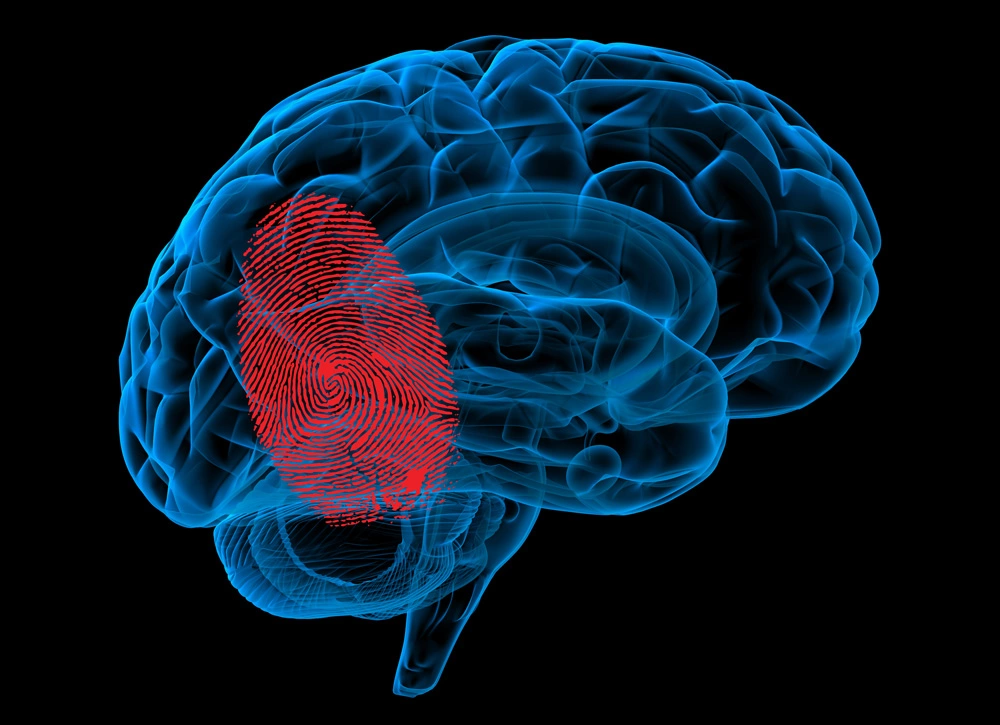Chronic abdominal pain (CAP) is one of the most common complaints seen in primary-care clinics, subspecialty, and...
Read MoreHow Does Chronic Pain Affect the Brain
Introduction
If you are sitting for a long time, your back may hurt, and this pain may go away when you change from your sitting position or rest a little, but if you have back pain due to a defect in the structure of the spine, it will continue, and it may ease but return again and again turning into chronic pain, at this article we discuss how does chronic pain affect the brain.
What is Chronic Pain?
Chronic pain is pain that progresses from an acute to a chronic state even after the healing process is finished. Chronic pain reduces function and affects the quality of life of sufferers.
Multiple networks in the central nervous system (CNS) are activated by Chronic pain, which is considered a CNS disorder.
When you’re in pain, your symptoms will go away once your injury has healed.
This occurs as a result, your peripheral nervous system stops sending pain signals to your spinal cord and brain.
Your pain receptors, on the other hand, continue to fire if you have chronic pain.
Your brain becomes overwhelmed as a result of all the ongoing messages, creating changes in both emotional and cognitive sections of your brain.
How Does Chronic Pain Affect the Brain?
Chronic pain greatly affects the brain, which we will explain:
1. Brain Areas
Chronic pain activated different areas of the brain and affects ACC processing.
a. Different Areas of the Brain are Active During Different Types of Pain
Somatosensory, insular, and cingulate cortical regions are activated by acute painful stimuli, whereas the prefrontal cortex and limbic regions are activated by spontaneous pain and allodynia.
Furthermore, each of the chronic pain disorders appears to generate a distinct pattern of brain activity.
The key clinical implication of these findings is that chronic pain appears to include brain regions that are far more involved in emotions and self-evaluation than in the activation of regions linked with acute nociception.
b. The Effect of Chronic Pain on ACC Processing
An interconnected neuronal network, or “neuromatrix,” has been identified as the source of pain.
The six brain regions most typically active during pain processing have been identified as the somatosensory cortical areas 1 and 2 (SI and SII), the insular cortex (IC), the thalamus, the prefrontal cortex (PFC), and the anterior cingulate cortex (ACC).
These findings imply that chronic pain changes normal ACC processing, which could explain cognitive function deficiencies.
Pain and cognition may compete for processing resources in the ACC, resulting in decreased functional capacity and, as a result, reduced cognitive ability in pain conditions.
2. Cognitive Functions
Chronic pain affects cognitive functions like attention, learning, and memory.
a. Attention
Pain is an intrinsic sensory process that requires attention. Hence, the effects of pain on attention have been particularly well studied, chronic pain patients frequently self-report difficulty paying attention, and experimental studies have also shown attention deficits in chronic pain patients.
Performance deficiencies were particularly evident in the attention-shifting and intentional interference tasks.
It is assumed that pain competes with other stimuli that require attention for limited cognitive resources.
b. Learning, Memory, and General Cognition
Learning and memory were assessed by the psychometric method in chronic pain patients, as patients performed poorly in comparison with controls on criteria including spatial and verbal working memory capacity and retrieval, recognition memory, and long-term spatial memory.
c. Glial cells and Cytokines in Pain and Cognition
Chronic pain is also associated with changes in neuromodulators other than conventional neurotransmitters.
These include cytokines, microglial cells, enzymes, and neurotrophic factors.
The dysregulation of these mediators can also affect cognitive processing capacity.
3. Brain Morphology
The structure of the human brain with chronic pain has been revealed to be unusual in recent years.
Both grey and white matter properties are abnormal, and even the grey-white matter interrelationship appears abnormal.
Grey matter loss is a characteristic of aging, and it is closely linked to cognitive decline, particularly in terms of information processing speed and executive functions.
When compared to healthy controls, chronic pain sufferers lose grey matter at a faster rate, which could indicate an acceleration of age-related grey matter loss.
Summary
Chronic pain is a medical problem worldwide, it is a result of Chronic disorders like arthritis, fibromyalgia, or Migraine.
Brain changes because of pain, different areas of the brain are activated like Somatosensory, insular, and cingulate cortical regions.
Chronic pain affects the anterior cingulate cortex (ACC) decreases the functional capacity and cognitive abilities like attention, memory, and learning ability.
Cytokines, microglial cells, enzymes, and neurotrophic factors are changed by chronic pain which affected cognitive processing capacity, although decreasing grey matter.
How useful was this post?
Click on a star to rate it!
Average rating 0 / 5. Vote count: 0
No votes so far! Be the first to rate this post.
I'm sorry that this post was not useful for you!
Let me improve this post!
Tell me how I can improve this post?
References
- Apkarian, A. V. (2011, November 1). The brain in chronic pain: Clinical implications. Pain management. Retrieved October 5, 2021, from PubMed
- AV;, A. The brain in chronic pain: Clinical implications. Pain management. Retrieved October 5, 2021, from PubMed.
- DP;, M. O. M. G. B. E. F. (n.d.). The effect of pain on cognitive function: A review of clinical and preclinical research. Progress in neurobiology. Retrieved October 5, 2021, from PubMed
- How pain affects the brain. MDPain. Retrieved October 5, 2021, from Pain Management Doctors
- Yang, S., & Chang, M. C. (2019, June 26). Chronic pain: Structural and functional changes in brain structures and associated negative affective states. International journal of molecular sciences. Retrieved October 5, 2021, from PubMed
Recent Posts
-
SAPHO Syndrome | Causes, Symptoms, Diagnosis & Treatments
-
Systemic Lupus Erythematosus | Causes, Symptoms & Treatments
-
Gastric Ulcers | Causes, Symptoms, Complications & Treatments
-
Wiskott-Aldrich Syndrome | Causes, Symptoms & Treatments
-
The 4 Stages of HIV Infection | Ultimate Guide
-
Good’s Syndrome | Symptoms, Causes & Treatments
-
Acquired Angioedema | Causes, Symptoms & Treatments
-
Rheumatoid Arthritis | Symptoms, Causes, Diagnosis & Treatments
-
Acute Pancreatitis | Causes, Symptoms, Diagnosis and Treatments
-
Pernicious Anemia | Causes, Symptoms, Diagnosis and Treatments
-
Sickle Cell Anemia | Causes, Symptoms, Diagnosis and Treatments
-
Aplastic Anemia | Causes, Symptoms, Diagnosis and Treatments
-
Diamond Blackfan Anemia | Causes, Diagnosis and Treatments
-
Sideroblastic Anemia | Causes, Symptoms & Treatments
-
Organic Dust Toxic Syndrome (ODTS) | Symptoms, and Treatments




